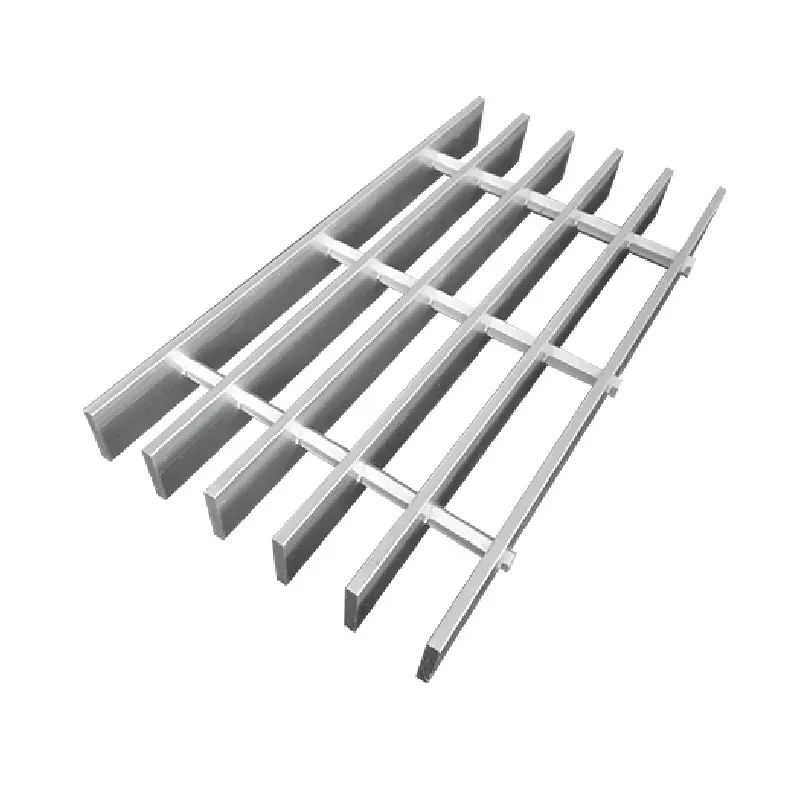- Industrial zone, South of Anping Town, Hengshui, Hebei, China.
- sales@hfpetromesh.com
- +86-18931809706
trench drain covers
Trench Drain Covers Essential Components for Effective Drainage Solutions
Trench drains, often referred to as channel drains, are pivotal in managing surface water runoff in various environments, ranging from residential backyards to industrial sites. These drainage systems require appropriate covers to ensure they function optimally while providing safety and aesthetic appeal. In this article, we will explore the importance of trench drain covers, the different types available, and factors to consider when choosing the right cover for your needs.
Understanding Trench Drains
Before delving into covers, it's essential to understand the purpose of trench drains. They are linear drainage systems designed to collect and divert excess water away from crucial areas. This prevents flooding, erosion, and other water-related damage. Typically installed in paved surfaces such as driveways, walkways, and parking lots, trench drains are an efficient solution for managing stormwater and protecting infrastructure.
The Role of Trench Drain Covers
Trench drain covers serve multiple vital functions. Firstly, they protect the drainage system from debris, leaves, and other potential blockages that could impair its performance. Secondly, covers enhance safety by preventing accidental falls into the open channel, making them critical in public spaces and areas with high foot traffic. Finally, covers contribute to the aesthetic qualities of a space, as they can be designed to blend seamlessly with their surroundings or add a decorative touch.
Types of Trench Drain Covers
There are several types of trench drain covers available, each catering to different environments and needs
. Common materials used include1. Plastic Lightweight and corrosion-resistant, plastic covers are ideal for residential projects where weight is a concern. They are often used in gardens and patios.
2. Metal Steel and aluminum covers are robust and can handle heavy loads, making them suitable for commercial and industrial settings. They offer durability but may require additional maintenance to prevent rust.
trench drain covers

3. Concrete Often used in industrial applications, concrete covers provide substantial strength and load-bearing capabilities. However, their weight makes installation more complex.
4. Composite Combining materials for enhanced strength and longevity, composite covers are becoming increasingly popular. They resist corrosion and UV damage while being lightweight and easy to install.
Choosing the Right Cover
When selecting trench drain covers, several factors should be considered
- Load Capacity Assess the expected traffic over the drain. Covers must withstand the weight, whether it's pedestrian feet or heavy vehicles.
- Material Compatibility Choose a material that suits the environment. For instance, in areas with high corrosion rates, opting for stainless steel or composite may be wise.
- Aesthetics Consider how the cover will fit with its surroundings. Certain designs and finishes can enhance the overall look of the installation.
- Safety Features Ensure the cover has anti-slip properties and is designed to prevent accidents, particularly in wet conditions.
In conclusion, trench drain covers are essential for maximizing drainage efficiency and safety. By understanding their significance and the options available, property owners and managers can make informed choices that enhance both functionality and appearance in their drainage systems.
-
The Power of Pyramid Shaker Screen - A 3-Dimensional SolutionNewsOct.24,2024
-
Exploring the Versatility and Durability of Steel GratingNewsOct.24,2024
-
Revolutionizing Drilling Efficiency with Steel Frame Shaker Screens for Mud Shale ShakersNewsOct.24,2024
-
Potential of Shale Shaker ScreensNewsOct.24,2024
-
Offshore Pipeline Counterweight Welded Mesh - Reinforced Mesh in Marine EngineeringNewsOct.24,2024
-
Revolutionizing Offshore Pipeline Stability with Concrete Weight Coating MeshNewsOct.24,2024
